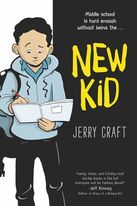 ~ hosted by Amanda Smith For too long the literary value of graphic novels has been questioned. There are parents who tell their kids to pick "real books," while some teachers confiscate graphic novels when their students dare to bring them to class. However, just a week ago, history was made when Jerry Craft's graphic novel, New Kid was awarded the Newbery Medal. The John Newbery Medal is awarded for "the most distinguished contribution to American literature for children" by the Association for Library Service to Children (ALSC). Yes, a graphic novel won a prestigious literature award! Join 24 Carrot Writing this entire month, as we CELEBRATE the strength and beauty of graphic novels and their place on our bookshelves! We've got a distinguished panel and weekly Graphic Novel blogs ready to go. Welcome to Graphic Novel Month at 24 Carrot Writing. MEET OUR PANEL:  Terry Ebbeling is a seventh and eighth grade English Language Arts teacher and reading advocate extraordinaire. 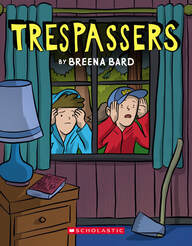 Why did you decide to tell your stories in graphic novel format as opposed to prose novels? Kayla Miller: The art side of things is actually what I committed to first. I’ve always liked both writing and art, but I was more focused on art and chose to go to college to study illustration. I wrote and illustrated comics while I was in school, but I still thought I’d end up illustrating other people’s words and ideas once I graduated. I considered writing a hobby, and art my profession for such a long time that it was sort of a revelation when I realized that people actually liked my stories as much as my drawings. I think comics are just my natural format. Breena Bard: My stories generally unfold in my imagination as movies, and almost before I have any words or even a plot, I can see my characters moving around and interacting in the world. Since I’m not a filmmaker, but I am able to draw, it seems most natural to tell my stories with pictures. And there is a lot you can do with a graphic novel to tell a story as cinematically as possible! Terri Libenson: I studied illustration in college and have drawn cartoons for most of my life. Before I started creating graphic novels, I was a syndicated newspaper cartoonist. I’ve always loved writing, too, so the combination of art and writing suits me very well. Tom Angleberger : I’ve written quite a few prose novels now and will write more. But I’ve almost always had a desire to have more than just text in them, whether it’s origami instructions or a nice map. If a funny picture is funnier than a text block, why not draw it? And, the same goes for any emotional response you’re trying to get from a reader. 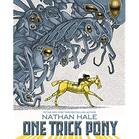 What do you see as the unique strengths of graphic novels? Breena Bard: There is an immediacy to comics and graphic novels that make them very accessible to readers of all ages. I don’t think it’s just the inclusion of artwork, which makes them “faster” or “easier” to read (aka, fewer words). There is something very unique going on in the way the words and images interact, perhaps because they engage very different parts of our brain, that brings a reader right into the story and keeps them there. It’s not uncommon for someone to remark that they finished a graphic novel in just one or two sittings (and as a mom of two with precious little spare time for reading, I consider that a huge strength!) Terri Libenson: Graphic novels are perfect for the reluctant reader or for those who are simply drawn to visual storytelling. And they can be so literary and layered – something most kids know but many adults are just starting to learn. Tom Angleberger: After writing so many books for kids, I’ve become almost obsessed with removing any barriers or stumbling blocks that are going to stop a kid from finishing a story. And one of the biggest stumbling blocks is description. Some readers may be able to read a page of text and “see” a vivid landscape, but some of us never make it through that page. We put the book down after a couple sentences and are never compelled to pick it up again. Meanwhile, the graphic novel reader is gaping in wonder at beautiful artwork. (Well, not in my book, but in some books! Nathan Hale’s One Trick Pony for example.) 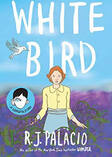 Terry Ebbeling: While I was a skeptic at first, thinking graphic novels were inferior to “regular” books, I have come to appreciate them for middle-school readers. Students these days are visual readers, so the graphics help them comprehend and stay interested- especially reluctant readers. And I have been amazed by how detailed the graphics are! My students recently read White Bird by R.J. Palacio for Pizza and Paperbacks, and I read through that graphic novel twice. The first time I concentrated on the plot line and glanced at the pictures. But, during my second reading, I really appreciated the fine points in the pictures that told a story in themselves. And, when discussing the book with my students, they found even more depth in the pictures that gave them a greater understanding of the darkness of WWII. While graphic novels may not be for every reader, I find the combination of text and pictures to aid in comprehension and enjoyment for some of my readers. Join us again next week as our panel discusses character development and difficult subjects. And while you wait, pick up a few graphic novels and discover for yourself the intricate combination of storytelling through words and pictures. This week's reading list:
Click and Camp by Keila Miller Invisible Emmie, Positively Izzy, and Just Jaime by Terri Libenson One Trick Pony by Nathan Hale White Bird by R.J. Palacio New Kid by Jerry Craft
0 Comments
Leave a Reply. |
Peruse blogs for advice and tips from KidLit creatives.
Categories
All
Archives
April 2024
Click to set custom HTML
Click on the RSS Feed button above to receive notifications of new posts on this blog.
|
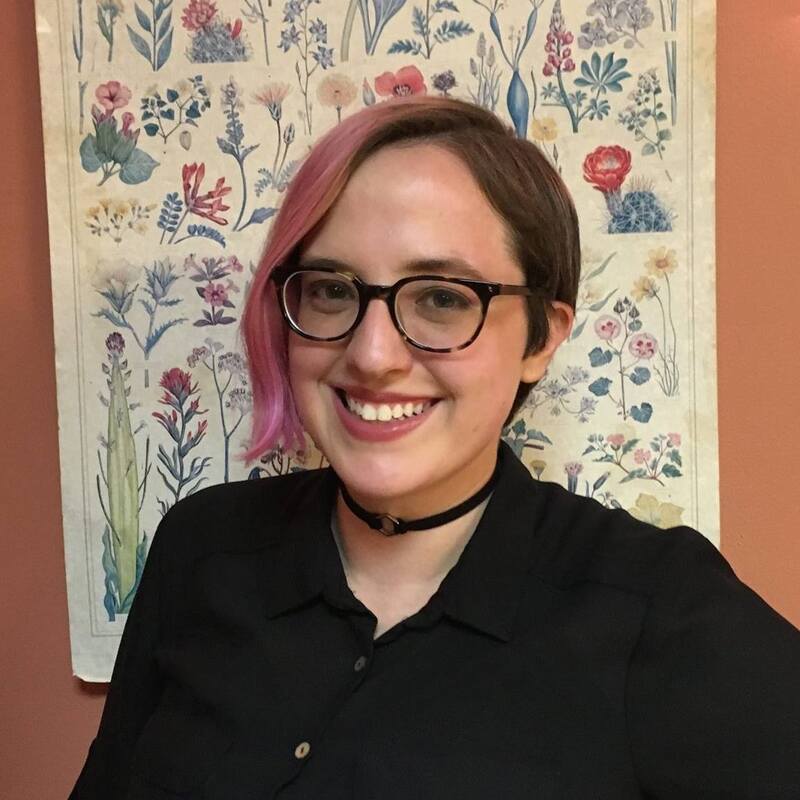



 RSS Feed
RSS Feed